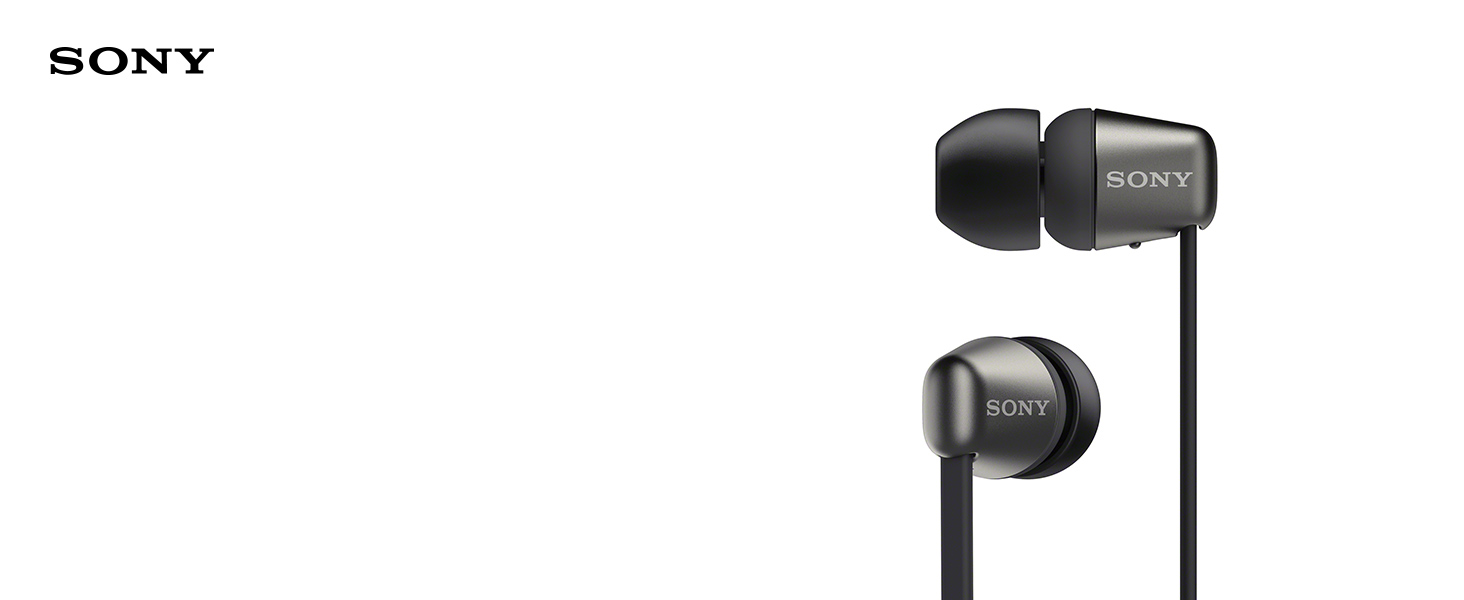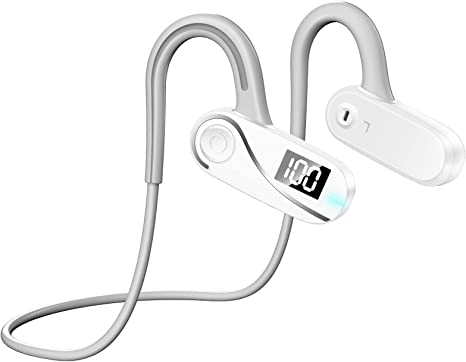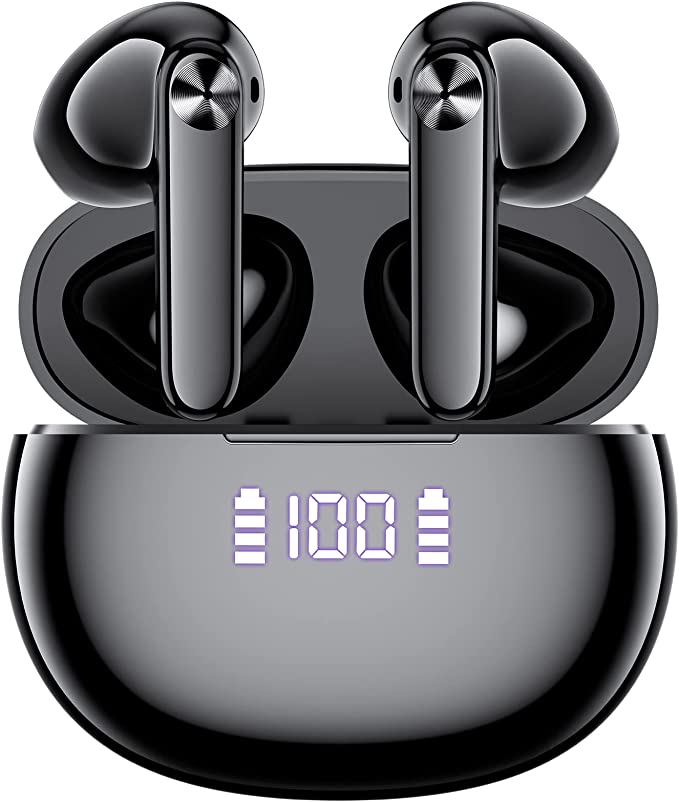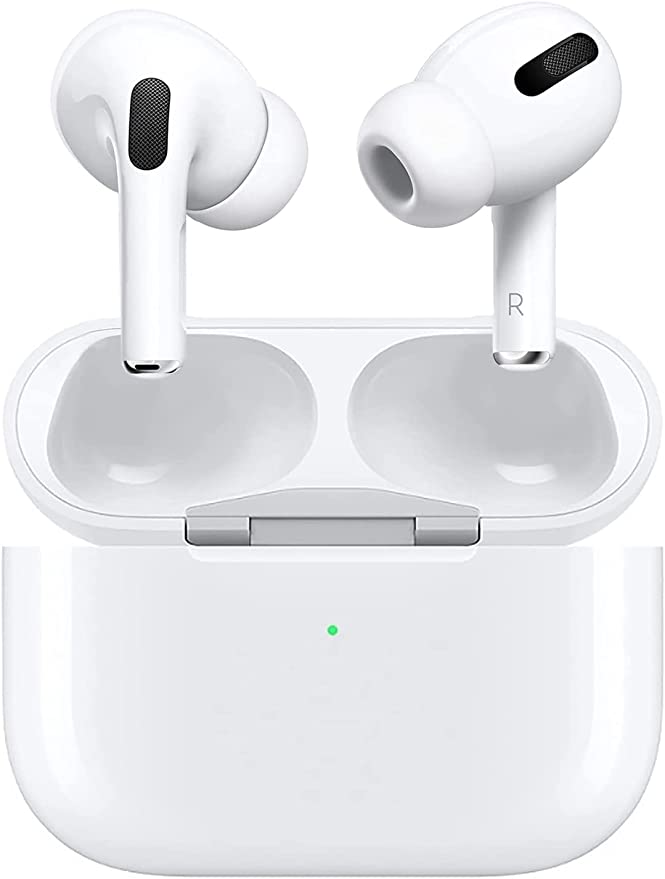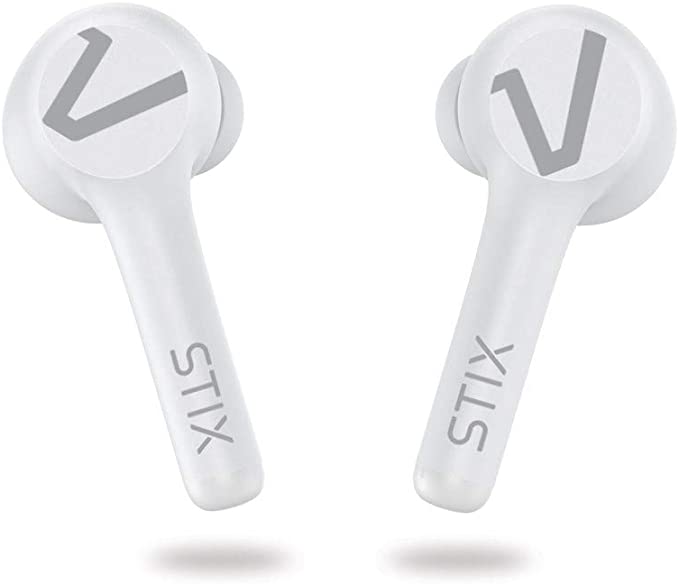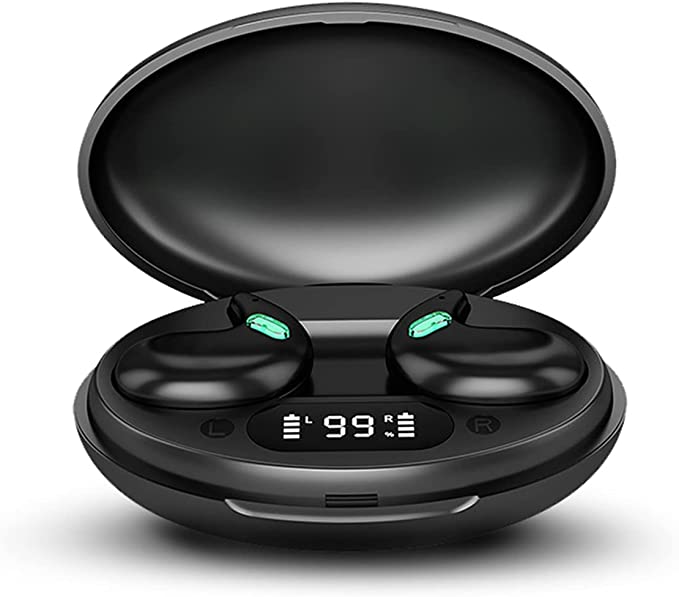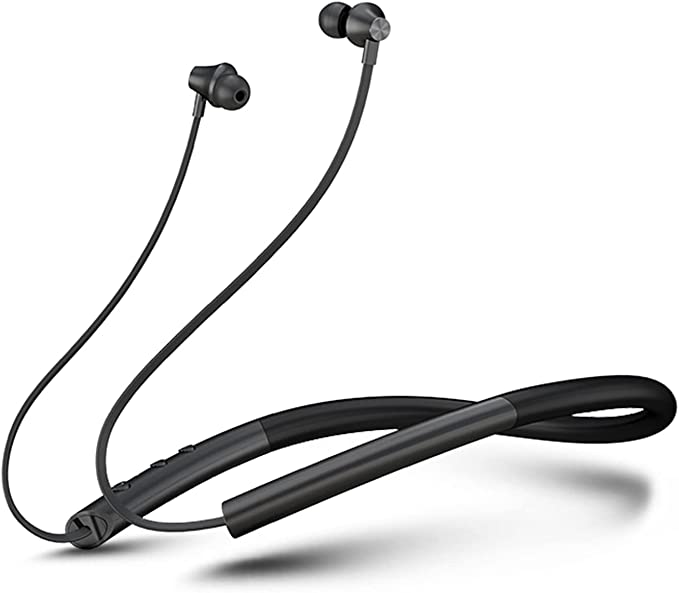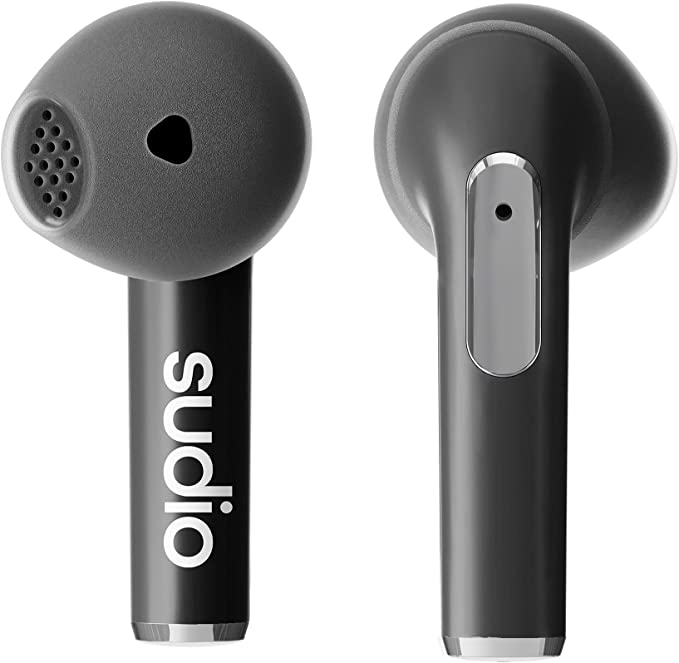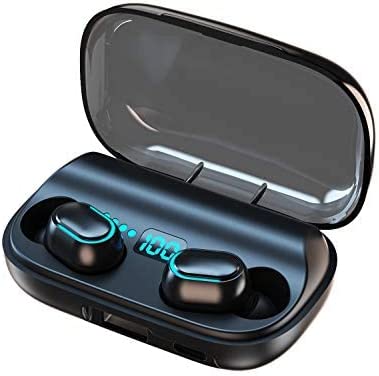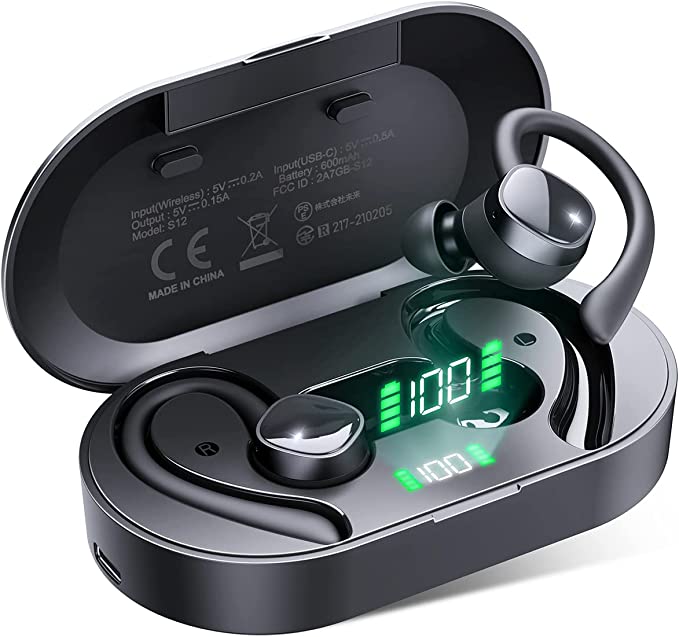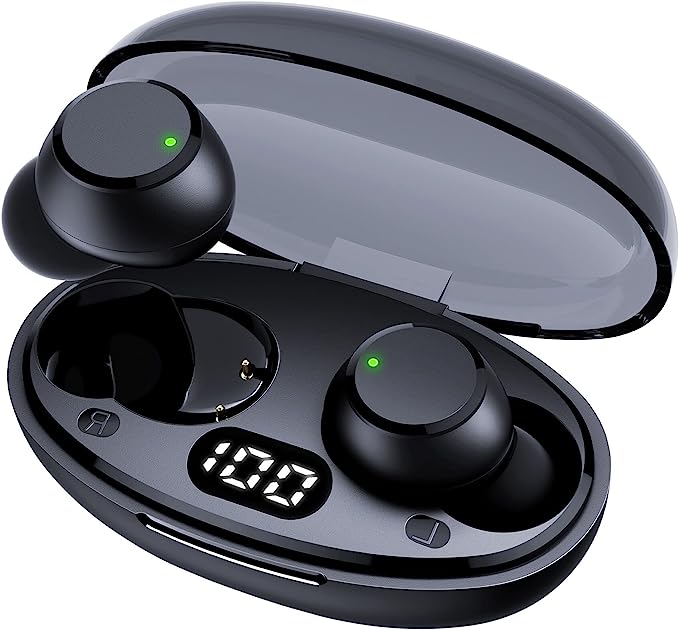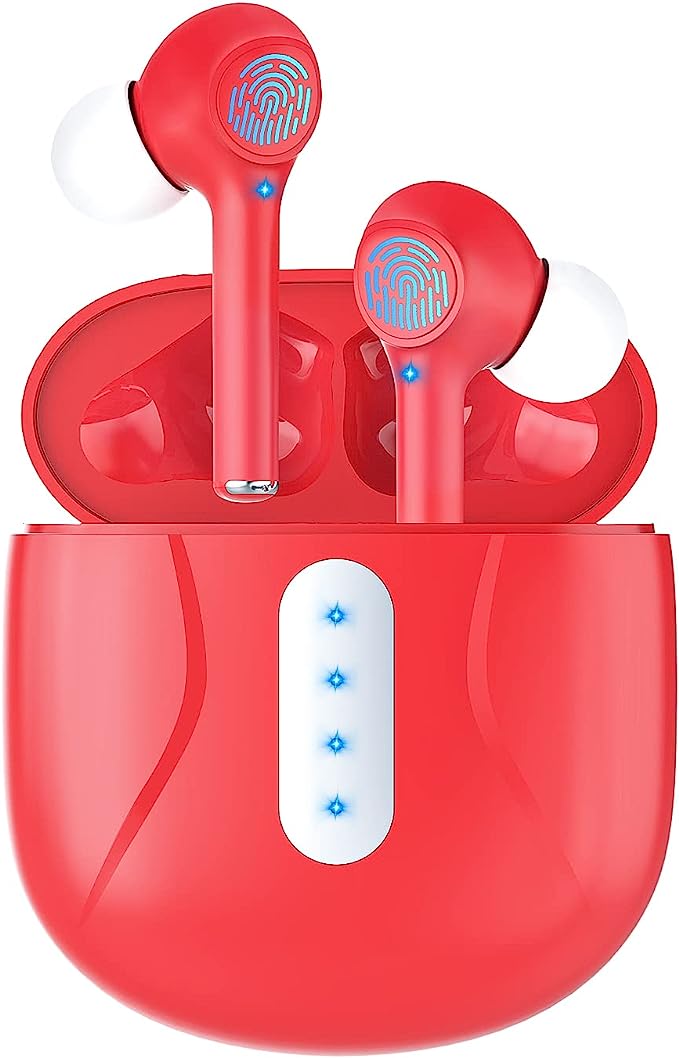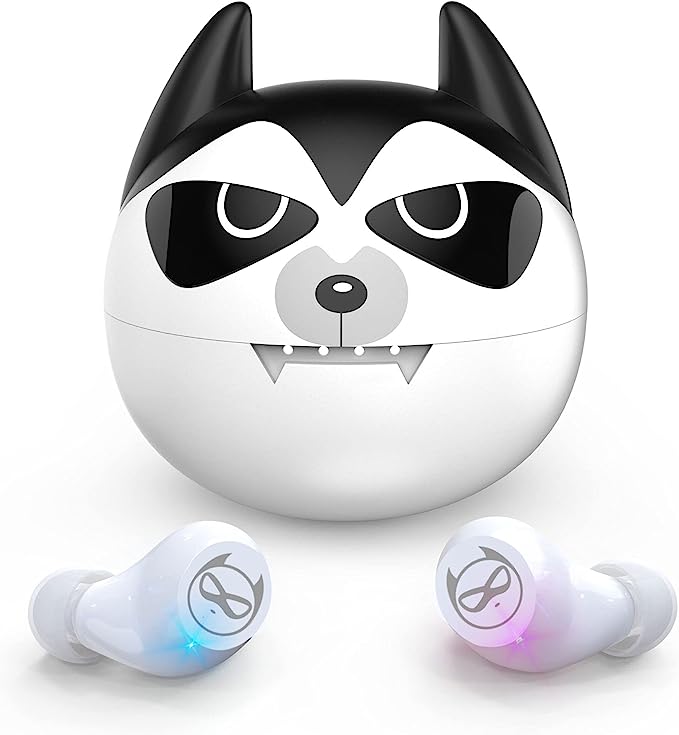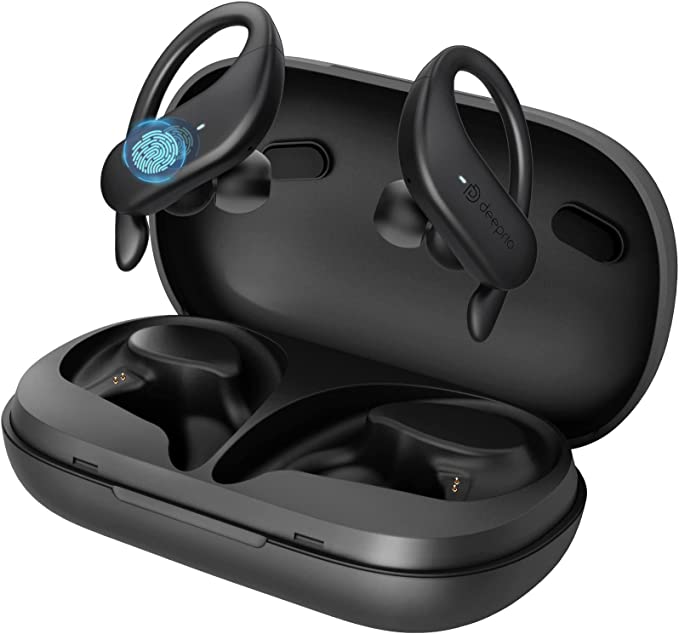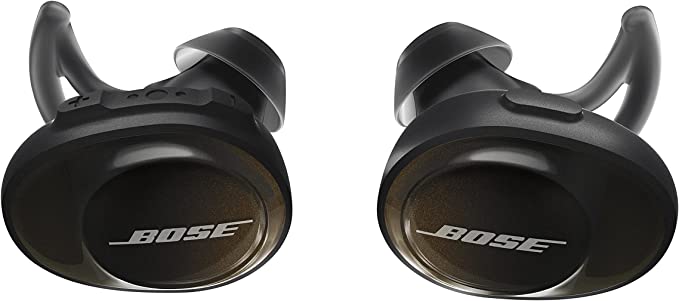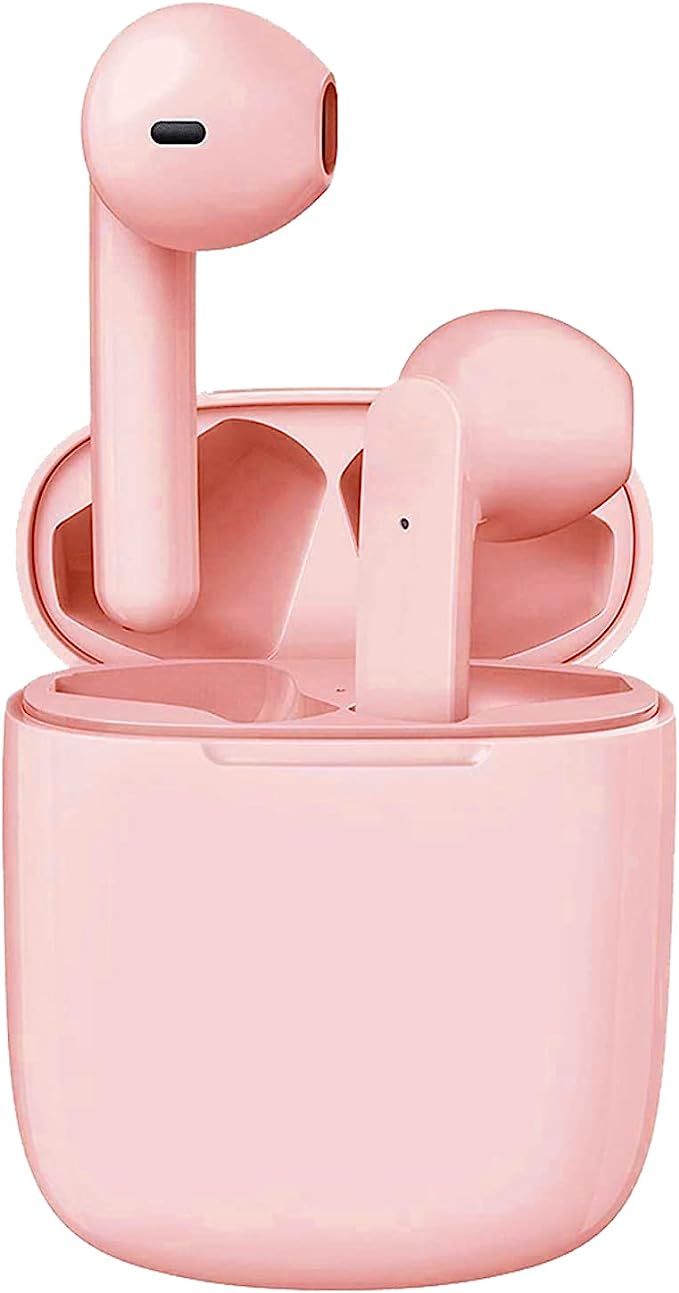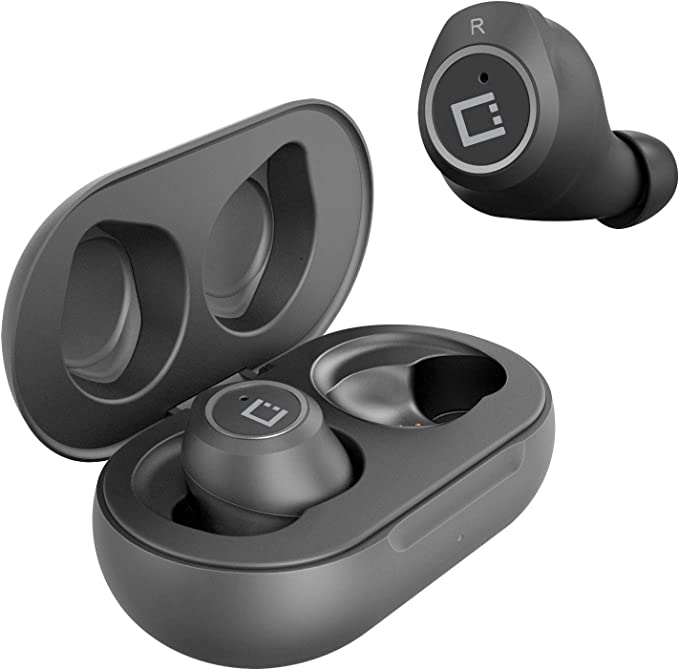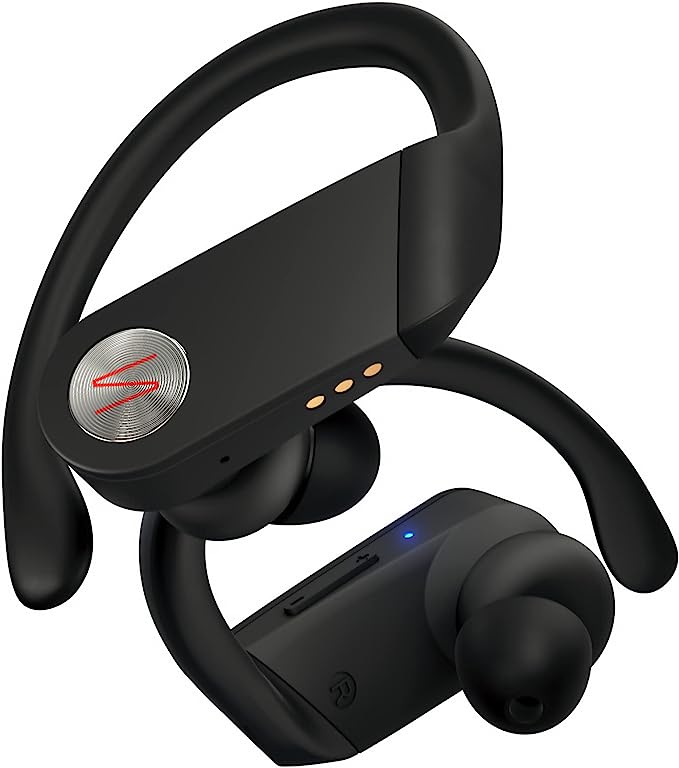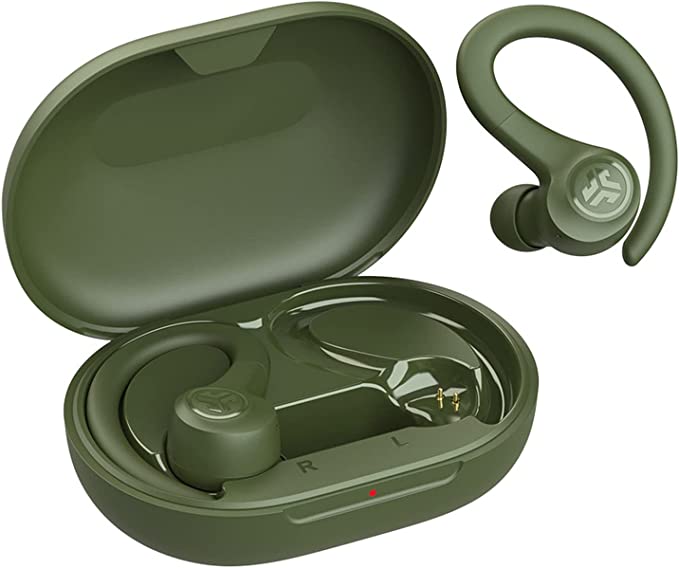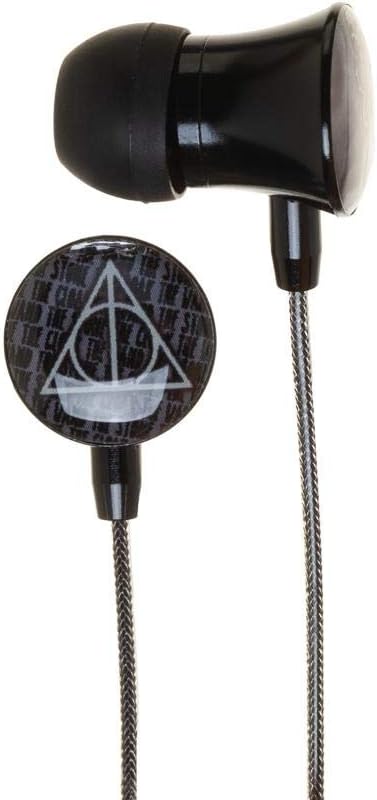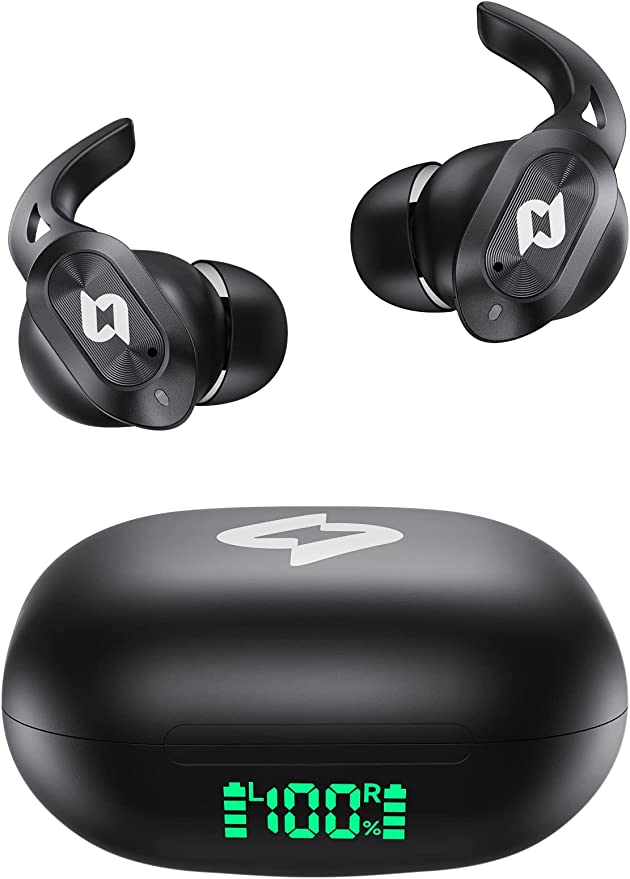Accessonico Outer Ear Headphones: Enjoy Sound, Protect Your Hearing
Update on March 21, 2025, 9:03 a.m.
We live in a world saturated with sound, from the gentle rustling of leaves to the roar of a jet engine. But what is sound, fundamentally? It’s not some mystical force; it’s pure physics. Sound is created by vibrations. When an object vibrates, it causes the surrounding air molecules to move, creating waves of pressure that travel outwards. These pressure waves are characterized by their frequency (how many waves pass a point per second, measured in Hertz, Hz) and their amplitude (the intensity or “height” of the wave). Frequency determines the pitch we perceive – high frequency, high pitch; low frequency, low pitch. Amplitude determines the loudness, measured in decibels (dB).

How We Hear: A Symphony of Mechanics and Nerves
Our ears are remarkably intricate instruments, designed to capture these vibrations and translate them into the electrical signals our brains interpret as sound. The process begins with the outer ear, specifically the visible part called the pinna (or auricle). This uniquely shaped structure helps funnel sound waves into the ear canal.
As sound waves travel down the ear canal, they reach the eardrum (tympanic membrane), a thin, cone-shaped membrane that vibrates in response to the pressure changes. These vibrations are then transferred to the middle ear, a tiny air-filled cavity containing three of the smallest bones in the human body: the malleus (hammer), incus (anvil), and stapes (stirrup). These bones, collectively known as the ossicles, act as a lever system, amplifying the vibrations and transmitting them to the inner ear.
The inner ear houses the cochlea, a fluid-filled, snail-shaped structure. Inside the cochlea are thousands of tiny hair cells, which are the sensory receptors for hearing. When the stapes vibrates against the oval window (the entrance to the cochlea), it creates pressure waves in the cochlear fluid. These waves cause the hair cells to move, and this movement generates electrical signals that are sent to the brain via the auditory nerve. Finally, our brain interprets these signals as the sounds we experience.
The Problem with Traditional Headphones: A Cacophony of Concerns
Traditional earbuds and headphones, especially those that fit snugly inside the ear canal (in-ear or canalphones), create a sealed environment. While this can provide excellent noise isolation, it also presents several potential problems:
-
Noise-Induced Hearing Loss (NIHL): By delivering sound directly into the ear canal at high volumes, traditional headphones can expose the delicate hair cells of the cochlea to excessive sound pressure. Prolonged exposure to loud sounds can damage or even destroy these hair cells, leading to permanent hearing loss. This damage is cumulative and often irreversible. The higher the volume and the longer the duration of exposure, the greater the risk.
-
Ear Fatigue: The constant pressure and occlusion of the ear canal caused by in-ear headphones can lead to discomfort, soreness, and a feeling of fullness in the ears, often referred to as ear fatigue.
-
Lack of Situational Awareness: By blocking out ambient sounds, traditional headphones can significantly reduce your awareness of your surroundings. This can be dangerous in situations where you need to hear traffic, warning signals, or other people.
-
Hygiene Issues: In-ear headphones can trap moisture and bacteria in the ear canal, potentially increasing the risk of ear infections.

Enter Open-Ear Headphones: A Breath of Fresh Air for Your Ears
Open-ear headphones offer a fundamentally different approach to audio delivery. As the name suggests, they leave the ear canal open, allowing you to hear ambient sounds while still enjoying your music, podcasts, or calls. This is achieved primarily through two main methods: modified air conduction designs (like the Accessonico), and, less commonly and with a completely different method, bone conduction.

It’s crucial to distinguish between these two. Bone conduction headphones transmit sound vibrations directly through the bones of the skull to the inner ear, bypassing the eardrum entirely. While effective for certain types of hearing loss, bone conduction often compromises audio fidelity, particularly in the bass frequencies.
The Accessonico Outer Ear Headphones, and most open-ear headphones on the market, utilize a refined form of air conduction. Instead of inserting a speaker directly into the ear canal, they position a small speaker near the ear canal opening. This speaker produces sound waves that travel through the air, just like any other sound source, and enter the ear canal naturally.
The Accessonico Design: Comfort and Awareness Combined
The Accessonico Outer Ear Headphones feature a unique clip-on design. This design avoids the need for in-ear insertion, eliminating the pressure and discomfort associated with traditional earbuds. The soft, silicone clip gently rests over the ear, holding the speaker in the optimal position near the ear canal opening. This secure, yet comfortable, fit makes them suitable for extended wear, whether you’re working, exercising, or relaxing.
The Science of Sound Delivery: Air Conduction Explained
The key to the Accessonico’s effectiveness lies in its precise speaker placement and the principles of air conduction. The small speaker generates sound waves, which are directed towards the ear canal opening. Because the ear canal is not blocked, these sound waves mix with ambient sounds, allowing you to hear both your audio content and your surroundings.
Think of it like listening to music from a speaker in a room. You can still hear other sounds in the room, like someone talking or a door closing, even though the music is playing. The Accessonico headphones create a similar effect, but on a much smaller, more personal scale. The sound waves travel through the air and enter your ear canal naturally, stimulating the eardrum in the conventional way.
The clip design is crucial, because it ensures consistency. Unlike an earbud, which might shift and change the sound quality, the Accessonicos have a fixed position.

Benefits and Considerations: Weighing the Pros and Cons
Benefits:
- Situational Awareness: This is perhaps the biggest advantage of open-ear headphones. You remain aware of your surroundings, making them ideal for outdoor activities, commuting, and working in environments where you need to hear what’s going on around you.
- Comfort: The open-ear design eliminates the pressure and discomfort associated with in-ear headphones, making them suitable for long listening sessions.
- Hygiene: Because they don’t block the ear canal, open-ear headphones are generally more hygienic than in-ear headphones.
- Potential Hearing Health Benefits: While not a guarantee against hearing loss (volume control is still paramount), open-ear headphones may reduce the risk of NIHL compared to in-ear headphones, provided they are used at moderate volumes. This is because the sound pressure levels reaching the eardrum are generally lower when the ear canal is not sealed.
Considerations:
- Sound Leakage: Because the ear canal is open, some sound may leak out, potentially disturbing others in quiet environments. However, at moderate listening levels, the leakage is usually minimal.
- Audio Fidelity: While the sound quality of open-ear headphones has improved significantly in recent years, it may not match the bass response and noise isolation of high-end, sealed in-ear headphones. The Accessonico headphones are designed for clear, balanced audio suitable for everyday listening, but they are not targeted at audiophiles seeking the absolute highest fidelity.
- Fit: While most users find clip-on headphones comfortable, those with differently shaped ears may take more time to find a comfortable position.
Hearing Health and Safe Listening: Protecting Your Priceless Sense
Regardless of the type of headphones you use, protecting your hearing is essential. Here are some key guidelines:
- The 60/60 Rule: A good rule of thumb is to listen at no more than 60% of the maximum volume for no more than 60 minutes at a time.
- Take Breaks: Give your ears regular breaks from listening to audio, especially at higher volumes.
- Be Aware of Your Environment: If you’re in a noisy environment, you’ll be tempted to turn up the volume to compensate. Try to avoid excessively noisy environments when using headphones.
- Monitor Your Hearing: If you notice any changes in your hearing, such as ringing in your ears (tinnitus) or difficulty understanding speech, consult an audiologist.
- Understand Loudness: Sound intensity is measured in decibels (dB). Prolonged exposure to sounds above 85 dB can cause hearing damage. A normal conversation is around 60 dB, while a rock concert can reach 110 dB or higher.

The Future of Listening: Open and Aware
Open-ear headphone technology is constantly evolving. We can expect to see further improvements in sound quality, leakage reduction, and battery life. There’s also potential for integration with other technologies, such as augmented reality (AR) and virtual reality (VR), creating immersive audio experiences that don’t isolate you from the real world. The trend towards open-ear listening reflects a growing awareness of the importance of both enjoying audio content and preserving our precious sense of hearing. The Accessonico Outer Ear Headphones represent a step in this direction, offering a comfortable, safe, and awareness-enhancing way to experience sound.
